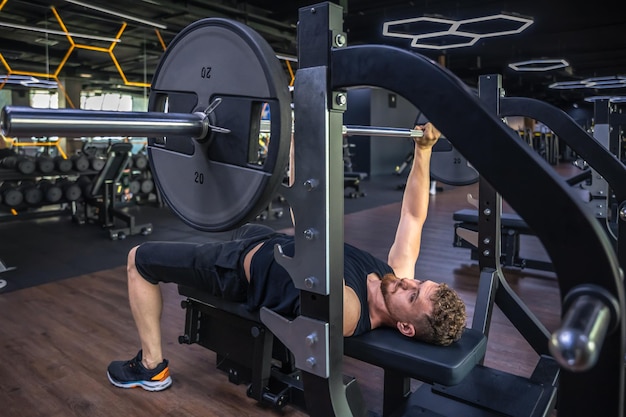Building muscle at home is not only possible—it can be highly effective with the right approach. Whether you're new to fitness or looking to optimize your routine, these 21 progressive muscle gain tips are designed specifically for home exercisers. Each tip includes clarity on what to do, why it works, and how to adapt as you grow stronger—all without requiring expensive equipment.
Progressive overload means gradually increasing the demands on your muscles. At home, this can mean adding reps, slowing down movements, or using resistance bands. Without heavier weights, progression is key to continued growth.

Push-ups, squats, lunges, and planks form the foundation. Master proper form before advancing. These movements engage multiple muscle groups and build functional strength.
Slow down your reps. A 3-second lowering phase increases muscle fiber recruitment. For example, take 3 seconds to lower into a push-up, then push up explosively.
Pause at the hardest point of an exercise—like the bottom of a squat—for 2–5 seconds. This builds strength and control in weak ranges of motion.
To stimulate growth, finish sets within 1–2 reps of failure. If you can easily do more than 3 extra reps, the set wasn’t challenging enough.
Change the speed of your reps: slow eccentrics, explosive concentrics, or paused reps. This variation shocks muscles and prevents plateaus.
Bands add resistance to bodyweight moves. Loop them around your back for push-ups or over your thighs for glute activation during squats.

Single-arm or single-leg exercises (like lunges or one-arm push-ups) improve balance, fix imbalances, and increase core engagement.
Explosive moves like jump squats or clapping push-ups boost power and muscle activation. Use sparingly to avoid overtraining.
Go deep in squats and full extension in push-ups. Full ROM builds flexible, functional muscle and reduces injury risk.
Fill backpacks with books, use water jugs, or canned goods. Get creative to add resistance when dumbbells aren’t available.
Muscles grow with frequency. Aim for 2–3 full-body or upper/lower splits weekly to maximize recovery and growth.
Rest 60–90 seconds for hypertrophy. Too short reduces performance; too long reduces metabolic stress—both important for growth.
Aim for 1.6–2.2g of protein per kg of body weight daily. Include sources like eggs, legumes, dairy, or plant-based protein powders.

To build muscle, consume slightly more calories than you burn. Focus on whole foods—grains, veggies, healthy fats, and lean proteins.
Dehydration reduces strength and recovery. Drink water throughout the day, especially before and after workouts.
Muscles grow during rest. Aim for 7–9 hours of quality sleep nightly to support recovery and hormone balance.
Log reps, sets, and perceived effort. Tracking helps ensure progressive overload and keeps you accountable.
Incorporate drop sets, supersets, or rest-pause sets once per week to break plateaus without overtraining.
Soreness is normal; pain is not. Adjust exercises if you feel joint discomfort. Recovery is part of progress.
Muscle gain is gradual. Stick with your routine for at least 8–12 weeks to see visible changes. Consistency beats intensity in the long run.
Building muscle at home requires strategy, not equipment. By applying these 21 tips—focused on progression, nutrition, and recovery—you can achieve real, lasting results. Start where you are, use what you have, and stay committed.

Fitness

Fitness

Fitness

Fitness

Fitness

Fitness

Fitness

Fitness

Fitness

Fitness

Fitness

Fitness

Health

Fitness

Health

Health